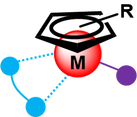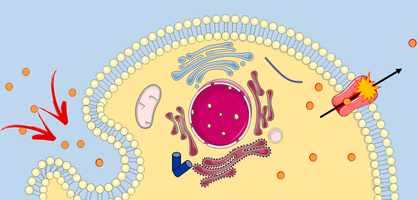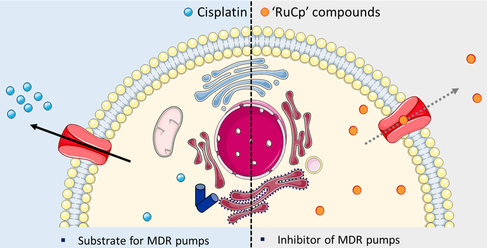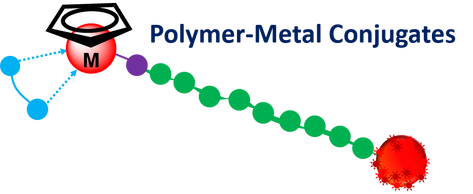
Most of cancer treatments lack of selectivity towards cancer cells, leading to severe side-effects. To overcome this issue, we are developing compounds for targeted therapy, by including at the metals’ coordination sphere polymeric ligands and biomolecules which receptors are overexpressed in cancer cells in order to benefit from a selective accumulation of our drugs in malignant tissues.
Patent Application: WO 2016/087932
Patent Application: WO 2016/087932
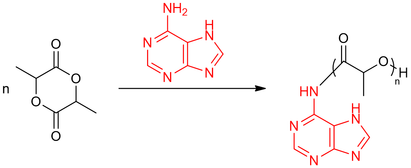
Biomolecules As Organocatalysts
Biomolecule-functionalized polymers as drug delivery vectors are a promising approach for targeted therapy. They are usually synthesized by multistep procedures. Andreia Valente and Philippe Zinck developed a straightforward one-step reaction for polylactide end chain functionalization using adenine (Ade) as an organoinitiator/organocatalyst for the polymerization of lactide, achieving Ade end-capped polylactides. These results anticipate that other biomolecules might also act as organocatalysts.
Biomolecule-functionalized polymers as drug delivery vectors are a promising approach for targeted therapy. They are usually synthesized by multistep procedures. Andreia Valente and Philippe Zinck developed a straightforward one-step reaction for polylactide end chain functionalization using adenine (Ade) as an organoinitiator/organocatalyst for the polymerization of lactide, achieving Ade end-capped polylactides. These results anticipate that other biomolecules might also act as organocatalysts.
|
Structure-Activity Relations
We are engaged in understanding how structural factors control and potentiate the anti-tumor activity of [M(Cp)(PP)(L)]+ compounds (M=Ru/Fe; PP and L=mono or bidentate phosphane and heteroaromatic ligand, respectively). Our results revealed that, typically, triphenylphosphane, N,N’ and N,O bidentate ligands and cationic compounds are those affording the best cytotoxic efficacies. These results are of upmost importance for future compounds design rational. |
|
Mechanism Of Action
We found that ruthenium-polymer conjugates are promising candidates to treat metastatic cancers (breast and colon). Studies envisaging the determination of their mechanism of action are being done and some clues were identified: i) cell death by apoptosis; ii) ability to overpass mechanisms of drug resistance; iii) cytotoxicity related to changes on the cytoskeleton of cancer cells; iv) antimetastatic potential. These important results make us believe that we have wide-ranging anticancer agents capable to treating the primary tumor and its metastases. |
|
Overcoming Multidrug Resistance
One of the major problems of cancer chemotherapy is the intrinsic or acquired resistance to a large range of chemotherapeutic agents, a phenotype called multidrug resistance (MDR). The identification of selective inhibitors that block such mechanism efflux is thus very pertinent. With this aim we are developing compounds based on the ´RuCp` scaffold that present a dual action as cytotoxic agents and inhibitors of ABC efflux pumps. As far as we know, this dual effect is one of the few examples on the literature and the first concerning a Ru-based compounds. |


